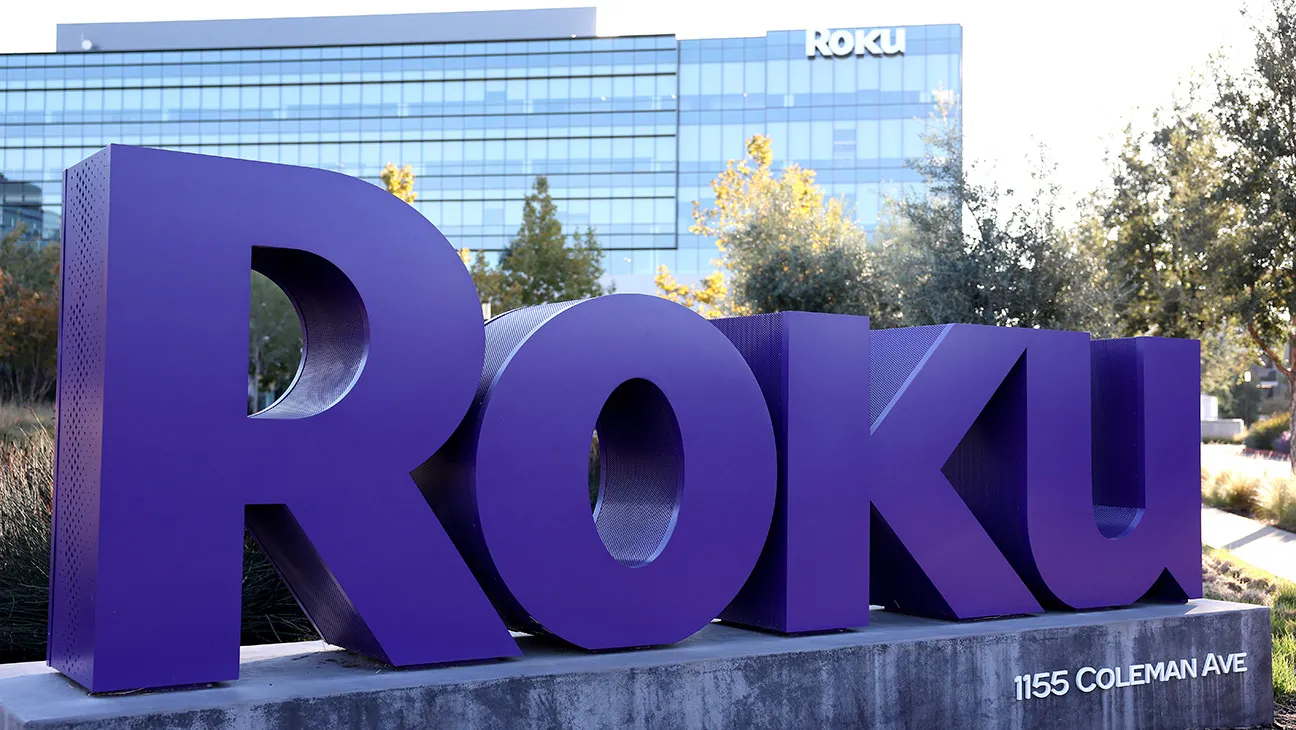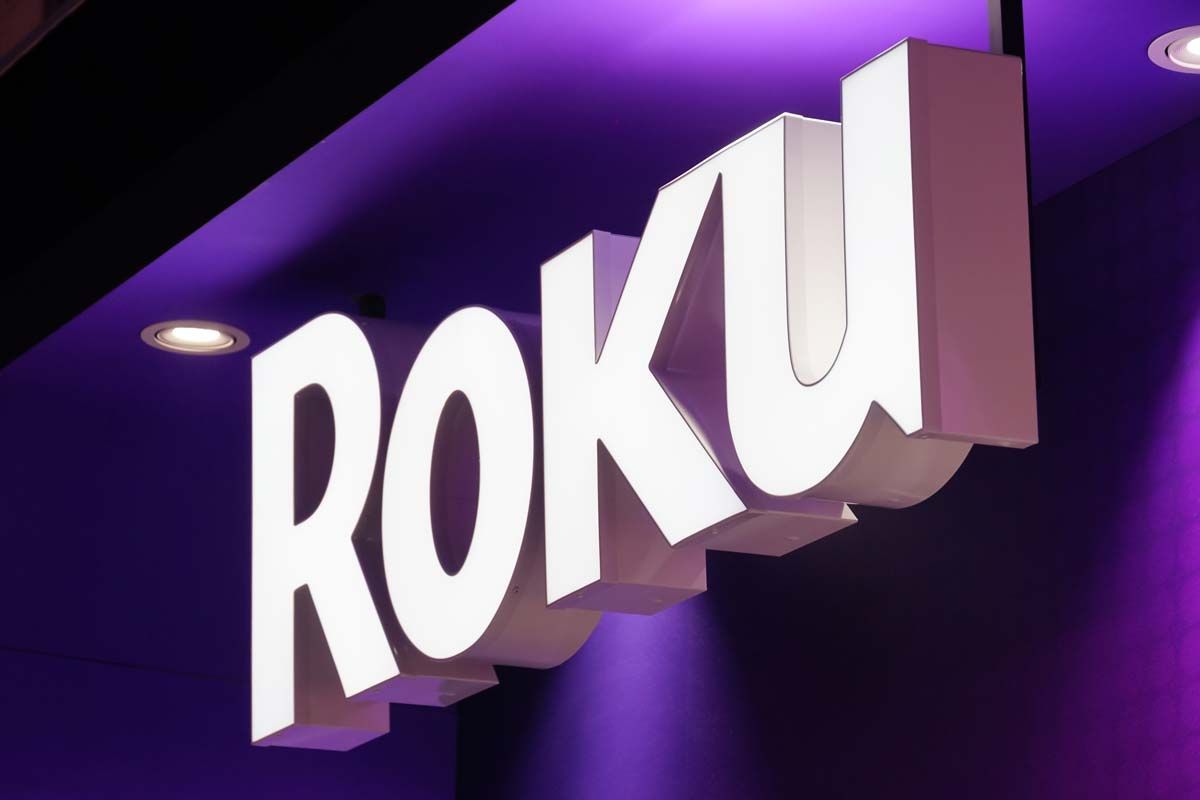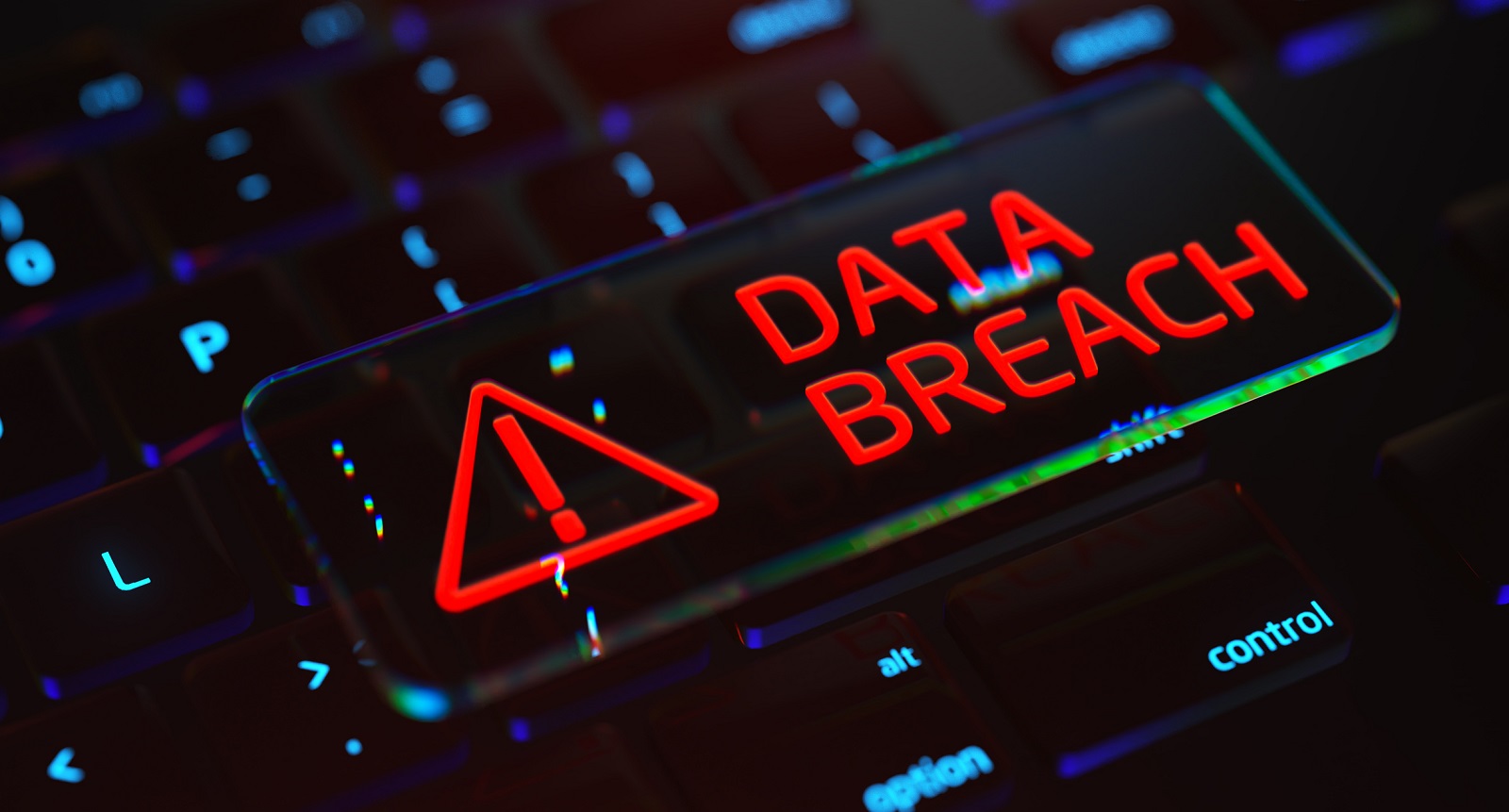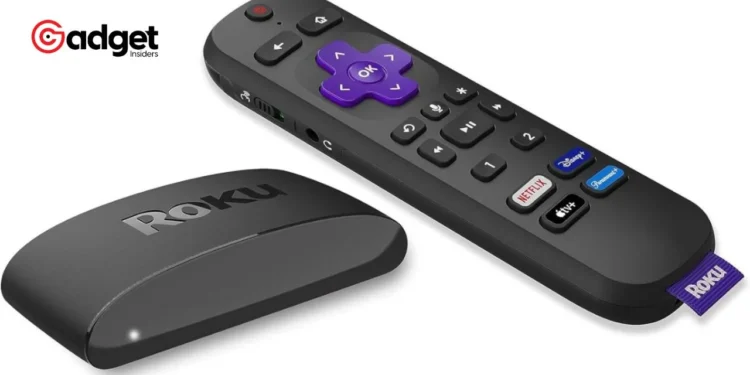In an age where our digital presence is as significant as our physical one, the security of our online accounts cannot be overstated. A stark reminder of this emerged earlier this year when Roku, a titan in the streaming device industry, fell victim to a cybersecurity breach. Hackers managed to pry open the digital vaults of Roku, accessing over 15,000 user credentials.
The breach wasn’t just a simple lock-picking but a sale of stolen goods, as credentials found their way into third-party hands for as low as $0.50 per account. The assailants didn’t stop after breaking in. They launched a credential stuffing attack, exploiting passwords, email addresses, and shipping details of Roku users.
“access to the affected Roku accounts did not provide the unauthorized actors with access to social security numbers, full payment account numbers, dates of birth, or other similar sensitive personal information requiring notification.” – Roku breach notification
Yet, the breach was far from benign. With access to accounts, hackers could—and did—make unauthorized purchases, leaving Roku customers to find fraudulent charges on their statements.
Roku: The Anatomy of a Credential Stuffing Attack
Credential stuffing stands as a modern-day digital siege weapon. Following a data breach, stolen credentials become keys to the kingdom, used to infiltrate user accounts on a massive scale. Unlike the manual insertion of stolen data, this process employs bots to automate logins, making it a relentless force testing the resilience of digital defenses.

Fortifying Your Digital Domain
In the wake of such breaches, it’s natural to feel a mix of frustration and helplessness, particularly when the breach stems from a platform’s shortcomings. Roku’s incident underscores a critical vulnerability, exacerbated by the lack of an option for two-factor authentication—a basic yet crucial layer of security.

Yet, despair not, for digital hygiene can fortify your online presence. Start with a password manager. These vaults do more than just remember your passwords; they encrypt them, offering a first line of defense.
While not impervious, password managers significantly elevate your security, promoting the use of complex, unique passwords for your myriad accounts.
Roku Customers Advised to Check Credit Card Statements After Data Breach https://t.co/nhnYZgNTnG #Ciberseguridad
— Auditores Internos (@AuditorInterno) March 13, 2024
However, the pinnacle of personal online security lies in two-factor authentication (2FA). It adds a critical checkpoint to your digital fortress, verifying your identity through something you know (your password) and something you have (a mobile device, for example). This layer can significantly deter cyber assailants, making your digital domain a much less attractive target.
A Call to Action: Demand Better
The Roku breach serves as a clarion call for consumers to demand better protections from service providers. In a digital era, companies must prioritize user security, offering robust protections like 2FA. Until then, consumers should vote with their clicks, favoring services that not only promise entertainment but also ensure the safety of their digital shores.

Remember, in the vast ocean of the internet, where digital pirates lurk behind seemingly benign waves, the onus of navigating safely falls on each of us. Equip your vessel with the best defenses, stay vigilant, and steer clear of treacherous waters when possible. In doing so, we can hope to sail smoothly, even in the face of the digital tempests that lie ahead.










